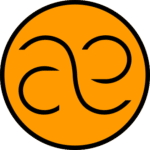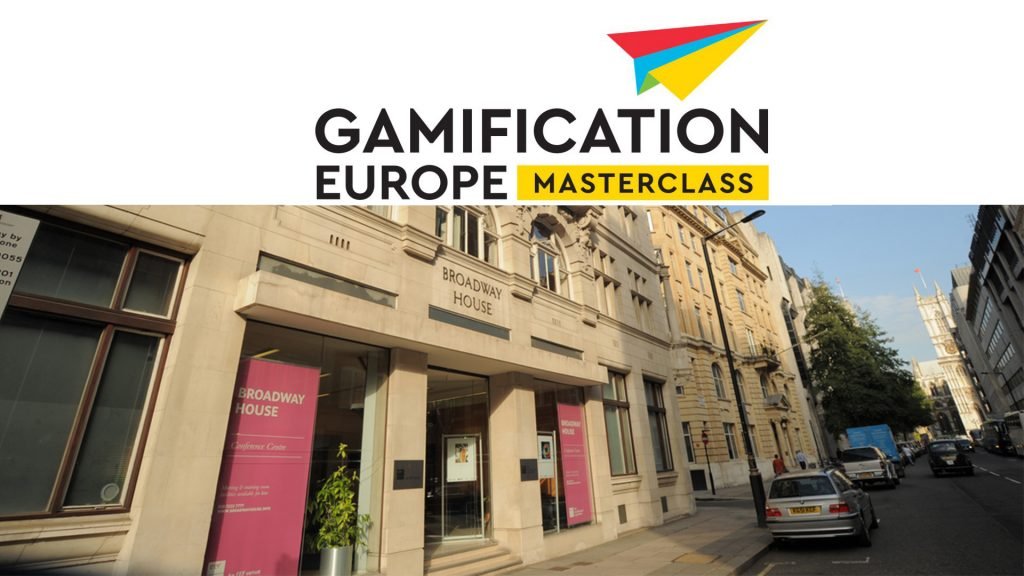I was recently afforded the opportunity to go on the 2-day Gamification Masterclass organized by Gamification+, the very same people who organize the Gamification Europe Conference, which will be held in Amsterdam, in November of this year (2018). And I would like to just relate some the experiences, learning and reflections that I received from these 2 days.
The masterclass is/was a 2-day event designed to aid gamification practitioners and those in general who are interested in bringing gamification to their own businesses and sectors. As well as the opportunity to meet others in the field and any like-minded individuals, who want to expand the practice of gamification and the benefits it has to offer.
It was most certainly a packed a 2-days, each day was a full 8-hour session (with coffee and lunch breaks of course). But filled with valuable and applicable learning. Each day had two sessions running in parallel, which was unfortunate as I would have ideally loved to follow all of them. But one must make a choice, and my choices were the Gamification Design Sprint, by Marigo Raftopoulos, session for day one and the Narrative is Key, by Melinda Jacobs, session for day two.
The other two available sessions were firstly the Gamified Tools by Bernardo Letayf, which also sounded extremely interesting from a technical perspective. And secondly the Escape Room, by Michiel Van Eunen, which by the sound of those taking part on the day was incredibly fun and engaging, especially from a standpoint of immediate applicability for creating fast, fun experiences.
Day 1: Gamification Design Sprint delivered by Marigo Raftopoulos PhD
Day 1 was the Gamification Design Sprint, created, developed and delivered by Marigo Raftopoulos PhD. The design sprint sessions were designed and delivered with the agile design methodology in mind, and therefore is a fast-paced design sprint process, with high levels of creativity and intensity.
As Marigo mentions in her intro video on the Gamification Europe website, the end result of the day and the design sprint overall is to deliver a paper version of your MVD or Minimum Viable Design. And despite the varying heated discussions between myself and the rest of my group, I believe we achieved this within the breakneck pace of the 8-hour sessions. Naturally as with any design sprint, the idea is to then keep iterating and improving upon, but that would take more than the single day, unfortunately.
For the day itself, it was expected that the groups and individuals come prepared with their own idea for a design and their own business problem, be that social, governmental, the private sector, etc. And with that pitch these ideas to the table group and pick one that would interest everyone the most. From there the table groups would develop a solution using the design sprint methodology and also learn through the process of solving the problem.
The interaction and process offered a great many insights and realizations between the various participants and groups, as well all engaged with each other’s problems and collaborated as much as we could.
Overall the experience clearly had a very solid technical base in terms of research done for it and the usage of tried and proven game mechanics, archetypes and personas based on Jungian psychology, system’s thinking and engagement loops. It had everything you would expect, want and need to have the ability to create your own gamified solutions to business problems.
It was a beautifully well rounded, intense and highly engaging 1-day experience, that only taught gamification, but through Marigo’s delivery, allowed you to experience the best that gamification has to offer. As one participant said at the end of the day: “I’ve been to the Google Design Sprint, and this (Gamification Design Sprint) is better!”. Which I feel summed it up quite well for everyone involved in the day.


